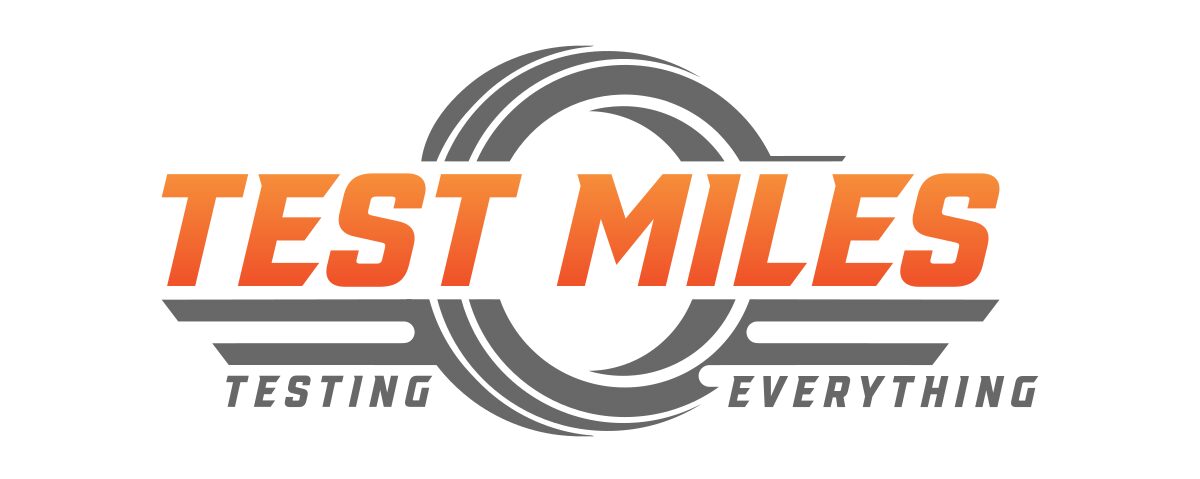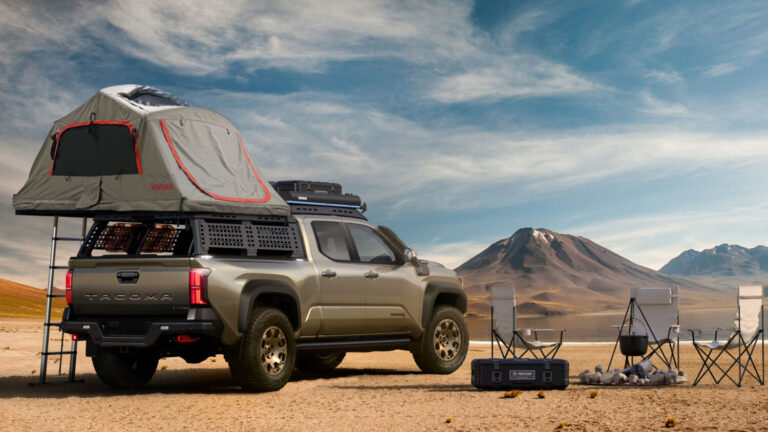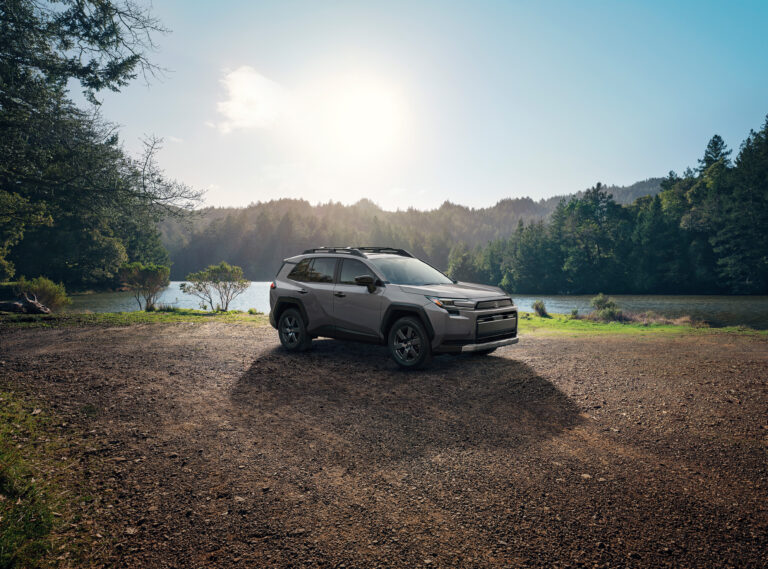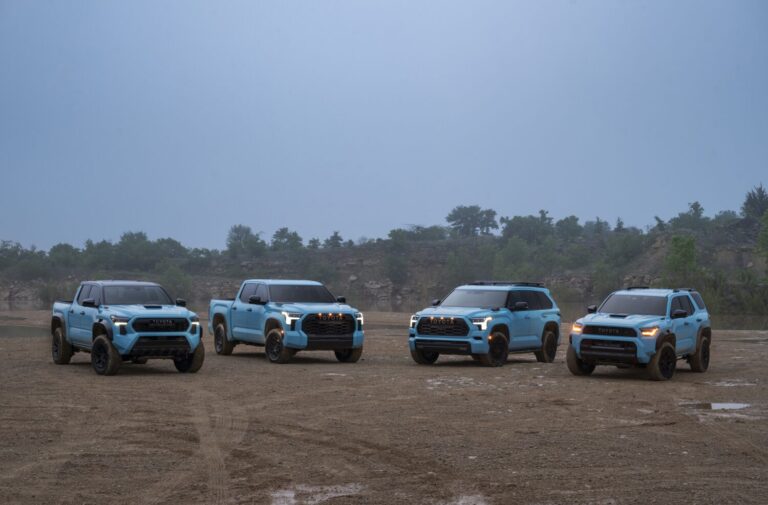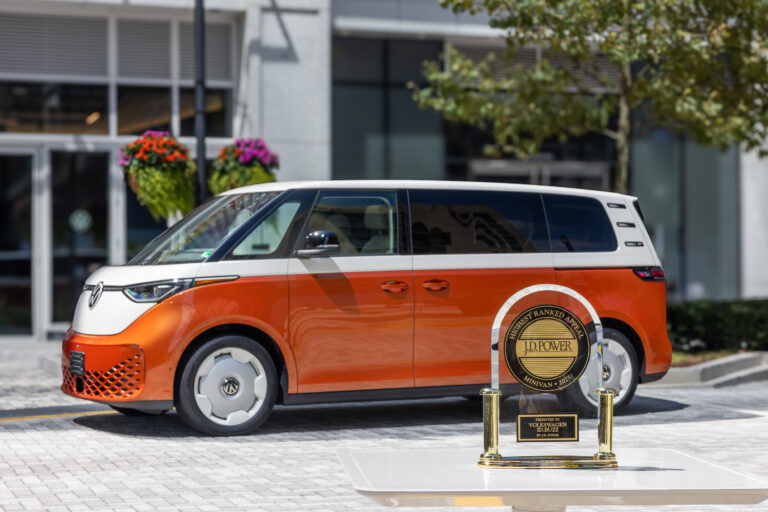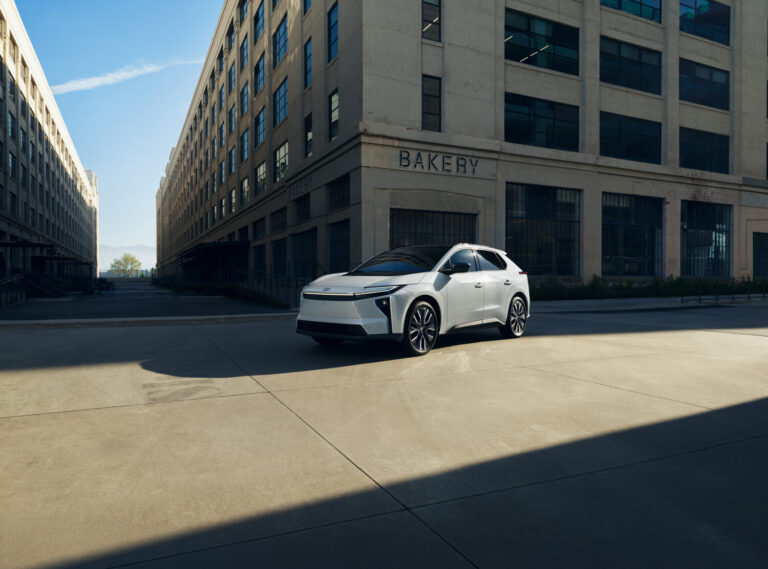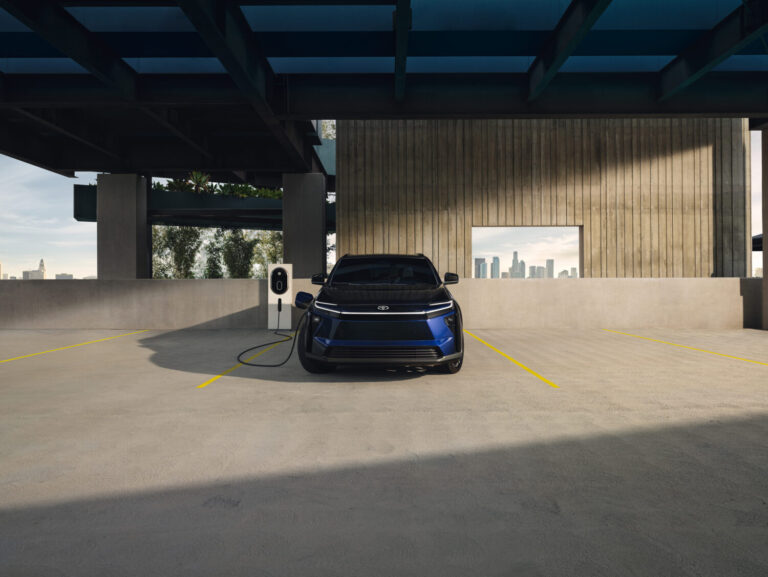Toyota and Waymo Team Up to Test Self-Driving Taxis in Japan
The two industry heavyweights are joining forces in Toyota’s Woven City to refine robotaxi tech. Think of it as Silicon Valley brains meeting Japanese precision at the base of Mount Fuji.
Why does this car matter right now?
Because Toyota didn’t spend the last decade quietly building Woven City to play it safe. The Japanese giant has now handed the keys—figuratively and literally—to Waymo, the Google-backed autonomy outfit best known for being very clever and very cautious. Their target? A scalable, fully autonomous taxi service tested in the real world, on real roads, in the most Toyota way possible.
This is not a concept sketch. The testing starts in Toyota’s Woven City, a 175-acre sandbox for urban mobility innovation nestled at the foot of Mount Fuji. It’s where engineers don’t just theorize but throw technology into the deep end to see if it swims. And if Waymo’s previous rollouts in Phoenix and San Francisco are anything to go by, it will.
In a time when every major automaker is either quietly backing away from full autonomy or flat-out rebranding it as “driver assistance,” Toyota’s move feels strangely punk rock. It’s a signal that the world’s largest automaker hasn’t given up on robotaxis. It’s just been waiting for the right moment—and the right dance partner.

How does it compare to rivals?
Put simply: it doesn’t. Not yet, anyway. Unlike GM’s Cruise, which tried to outpace reality and hit a wall in San Francisco—both figuratively and literally—Toyota is playing the long game. This isn’t about mass deployment tomorrow. It’s about getting the tech bulletproof first.
Waymo, for its part, has logged over 20 million autonomous miles. That’s more than any other player in the field, and they’ve got the receipts. But where Waymo’s been weakest is hardware integration. That’s where Toyota’s legendary manufacturing discipline steps in. Imagine pairing Waymo’s autonomous software stack with Toyota’s build quality and logistical reach. Now imagine that at scale.
Compare this to Tesla’s “Full Self-Driving,” which, as of this writing, is neither fully self-driving nor especially confidence-inspiring. Elon’s system relies on vision-only cameras and lots of promises. Toyota and Waymo are betting on lidar, redundancy, and real-world validation. It’s the difference between bravado and engineering.

Who is this for—and who should skip it?
If you’re a city planner, mobility startup, or anyone who ever typed “best self-driving car 2025” into Google, this is the story to watch. Toyota and Waymo aren’t aiming for consumer sales. They’re targeting fleets, services, and future cities. Think rideshare operators, airport shuttle providers, even healthcare mobility platforms.
If, however, you’re a gearhead who sees self-driving cars as the death of driving joy, you can safely look away. No one’s putting Waymo tech in a GR Yaris. Not yet, anyway.
Likewise, if you’re waiting for a private, fully autonomous Toyota to show up in your driveway next year—don’t hold your breath. This isn’t for you. It’s not a product launch. It’s a strategy unfolding.
What’s the long-term significance?
If this works, it changes everything. Not overnight, but steadily, and globally.
Toyota has never been the loudest voice in the autonomy room. While others shouted about disruption, Toyota kept improving hybrids, refining safety systems, and building cities in secret. Now, with Waymo onboard, Toyota could become the most credible player in the space.
Woven City isn’t just a tech lab. It’s a blank slate—a purpose-built proving ground with controlled environments, resident testers, and full data transparency. If you wanted to train a robotaxi in the safest, smartest, most Toyota-esque way, this is how you’d do it.
And here’s the kicker: if Toyota gets this right, the tech will trickle down. Not just to taxis, but to delivery vans, shuttle buses, and eventually, passenger cars. Slowly, quietly, the world’s most conservative carmaker might just become the one that redefines how we move.
Call it ironic. Call it overdue. Just don’t call it boring.
Like what you’ve read? Stay in the driver’s seat with more insider automotive insights. Follow @NikJMiles and @TestMiles for stories that go beyond the press release.
